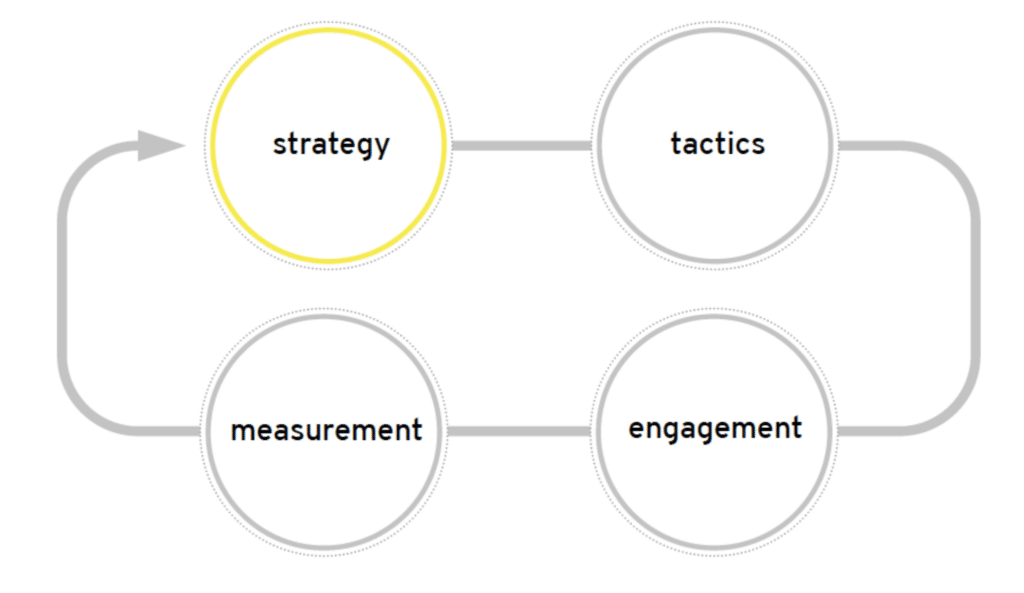Share:
According to a recent Harvard Business Review (HBR) study, only 28% of corporate leaders say employees take full advantage of their healthcare coverage. For many companies, that’s their single most expensive benefit. In fact, it costs large U.S. employers nearly $15,000 per employee with family members.
Meanwhile, many employees aren’t even confident they know the details of their healthcare coverage—or other benefits, for that matter. This is usually due to lack of effective communication and education about said benefits, and it often ends up hurting recruitment and retention.
Most companies, large or small, can’t afford poor utilization of any employee benefit they provide, nor can they afford a poor employee experience. That’s one of the reasons Evive created its Benefits Value Index: to establish the connection between how much people value their benefits and what those benefits are costing the employer. It empowers HR teams to spot opportunities for new benefits offerings, cost savings, and engagement opportunities to shape the workforce they want.
What is the employer trying to achieve?
Before jumping into measurement with the Benefits Value Index, the first critical step for employers is identifying their primary goal. In our experience working with some of the world’s largest enterprises, we’ve found it comes down to one of two objectives:
- Contain costs
- Improve the employee experience
Of course, virtually all companies care about both of these areas. But at the end of the day, there tends to be one area that takes precedence. In a recent poll of 164 large employers, we found that 51% reported containing costs as their main goal, while 49% said improving the employee experience.
So, where to go from here? Once benefits leaders have identified that top goal, they can move forward in choosing strategies, tactics, engagement practices, and measurement methods (STEM)—that’s the framework we’re about. Here’s a peek at how it works:

Strategy
Depending on the goal (cost containment or employee experience), an employer may have a handful of supporting strategies to help drive results. For example, a business focused on cost containment may choose a strategy to focus on reducing musculoskeletal costs. Meanwhile, a business looking to improve employee experience might be facing retention challenges in a competitive market for technology talent, and find a need to increase awareness of their generous perks package to that segment of employees.
Tactics
Next, employers need to understand how they’ll drive people to take action—whether they decide to educate, persuade, or incent. Looking to influence a population to take action on musculoskeletal surgeries? Supporting tactics could be an informational game on the topic (educate); just-in-time, personalized messaging that encourages with its relevance (persuade); or a data-driven incentive checklist with specific second-opinion consultation as a to-do item (incent).
Engagement
Tactics come to life through the selection of the right audience, the right channel, and the right content. The EviveOS platform does this by using data and predictive analytics to identify population segments, serve them optimized content, and deliver it across preferred channels—digital, telephonic, print, or in-person communication.
Measurement
Once strategies, tactics, and engagement practices are in place, it’s time for the employer to measure the success of their approach. Measurement doesn’t so much complete the narrative as it keeps it going. Analyzing benefits offerings and utilization for every employee gives HR leaders the opportunity to validate strategy, take corrective action, and hold accountability for results overall. In addition to ongoing reporting on activity through live dashboards, this is where the Benefits Value Index comes into play—shedding light on how much value employees place on these benefits, both by category level and overall.
More than just better benefits
The STEM framework, supported by the Benefits Value Index and EviveOS platform, enables not just a unique user journey for every employee, but much stronger ROI for the organization as a whole. By taking these steps to achieve their employer’s primary goal, the benefits leader doesn’t just build better benefits—they help build a better company.






